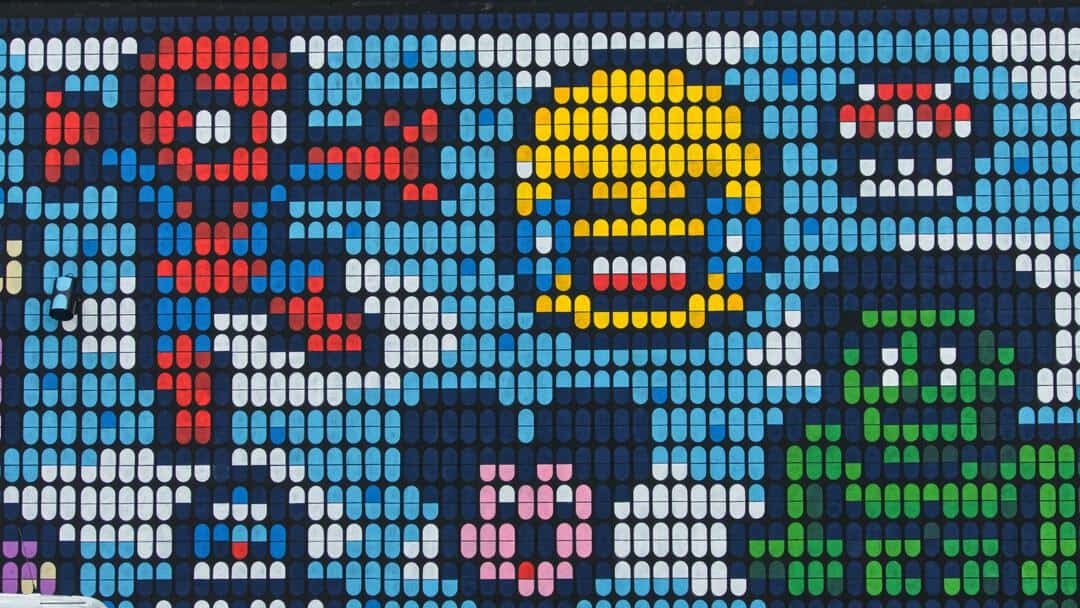It’s hard to imagine that there could be a U of T student who hasn’t heard of non-fungible tokens (NFTs). It seems like everyone knows a ‘business bro’ who flexes their collections of artistic tokens.
But say you’re not familiar with upcoming technology, and you’re asking yourself this question: what are NFTs?
You might know them as over-glorified trading cards. If you ask someone familiar with them, you’ll likely get some broad, uninspired response along the lines of their definition: “A unique digital identifier that cannot be copied, substituted, or subdivided, that is recorded in a blockchain, and that is used to certify authenticity and ownership.”
While these broad definitions have some value, the truth is, NFTs are far more complex. Basically, an NFT is a unique data unit hidden in collectable digital files. That data unit is then stored on a digital ledger which establishes proof of ownership through blockchain technology. Blockchain systems are also the foundation behind cryptocurrency, and are often a controversial topic because of their energy usage and environmental impact.
Any kind of reproduced digital file can become an NFT so people can identify its original copy. This includes photography, art, music, videos, tweets, or memes. With NFTs, buyers pay for a file and proof that they own its original copy.
In my opinion, NFTs could make or break the internet in the next few decades.
In a conversation with a friend of mine, I started spitballing possibilities for the application of NFTs in the future. The biggest question that came to my mind — and the same one I pose to you now — was: What if Wikipedia pages became NFTs?
Imagine that Wikipedia decided to sell its pages to buyers in the form of NFTs. Buyers could potentially purchase domains and therefore control what goes on in them. Wikipedia could also sell individual sections of its pages — or perhaps entire pages — and give their buyers the right to change them, enforce rules for them, and require users to spend money to access them.
I think of the internet as a place to share ideas, be creative, learn and explore without cost. With the implementation of NFTs, I think that it could gradually shift to become a market economy.
At first, this change could be good. It could foster a generation of inspiration and development, allowing people to easily earn money for their contributions. But monopolies and oligopolies could also begin to develop, as corporations could purchase NFTs to gain further control over the internet. As these companies would grow, they could establish barriers to stop competitors from entering the market by establishing deals with technology giants to curtail remaining net neutrality efforts. Some companies could even purchase NFTs to spread disinformation on sites like Wikipedia to persuade consumers to buy their products.
But widespread use of NFTs might not be entirely bad for the internet. Public libraries could grow in usage because they offer free content, as opposed to online pages which could require a purchase to access information. Scientific researchers could use the internet to sell NFTs of their papers that could fund their independent research without having to find a journal that is willing to publish it, or to go through all of the steps of the regular publication process. Those needing sources of additional income could invest in NFTs which grow in value over time, and would be able to pay for their expenses by later selling them. This would create a new avenue of investment. Additionally, creatives and influencers could sell their products and trends.
This dystopian internet is a pessimistic look at the future, but when I think about the current direction of the internet, it isn’t hard for me to imagine. While such a future may be a long time from now — or may never arrive — it helps to consider potential extremes before the public witnesses an even more dramatic rise in the use of NFTs. Before that happens, we should ask ourselves: what do we want the future of our internet to look like?


